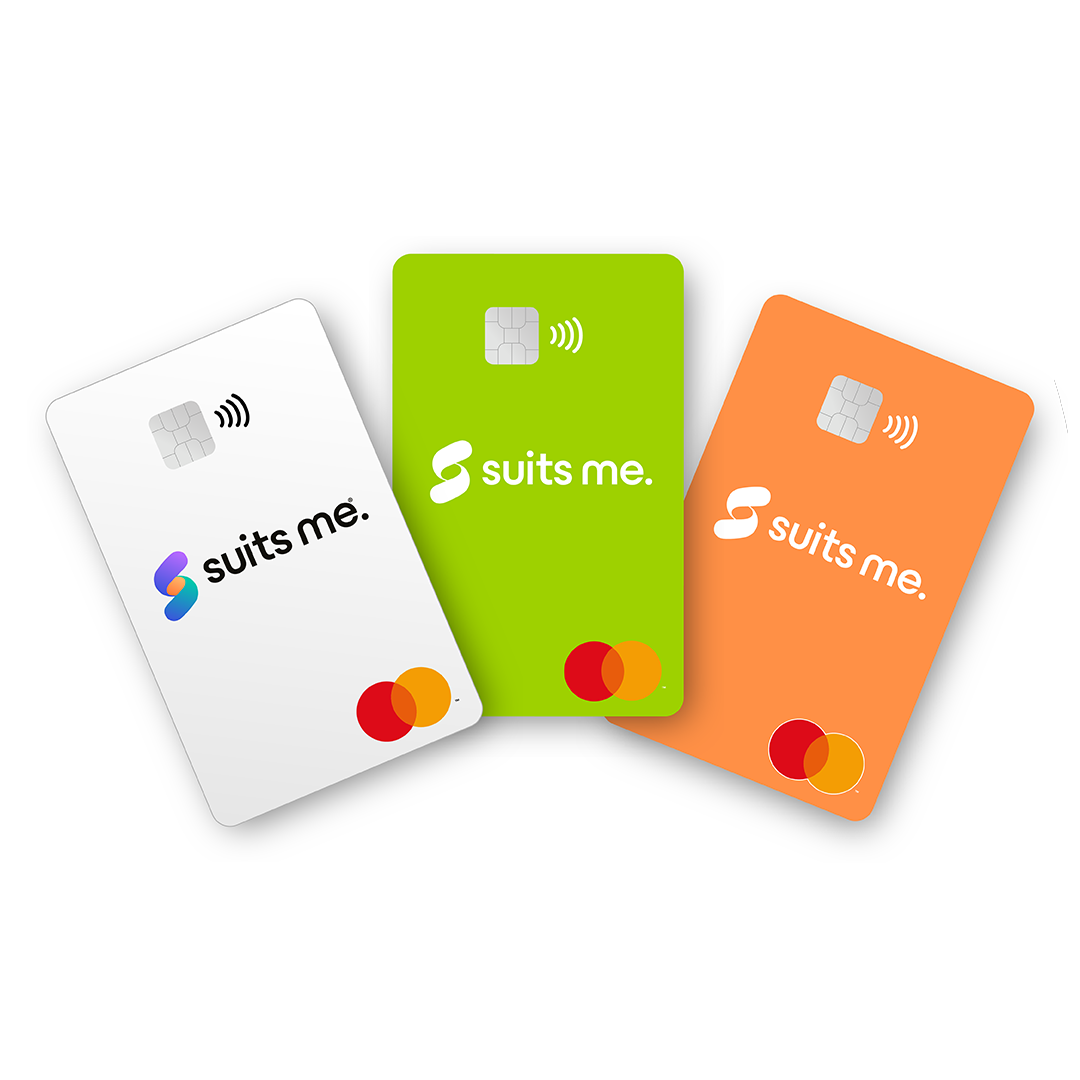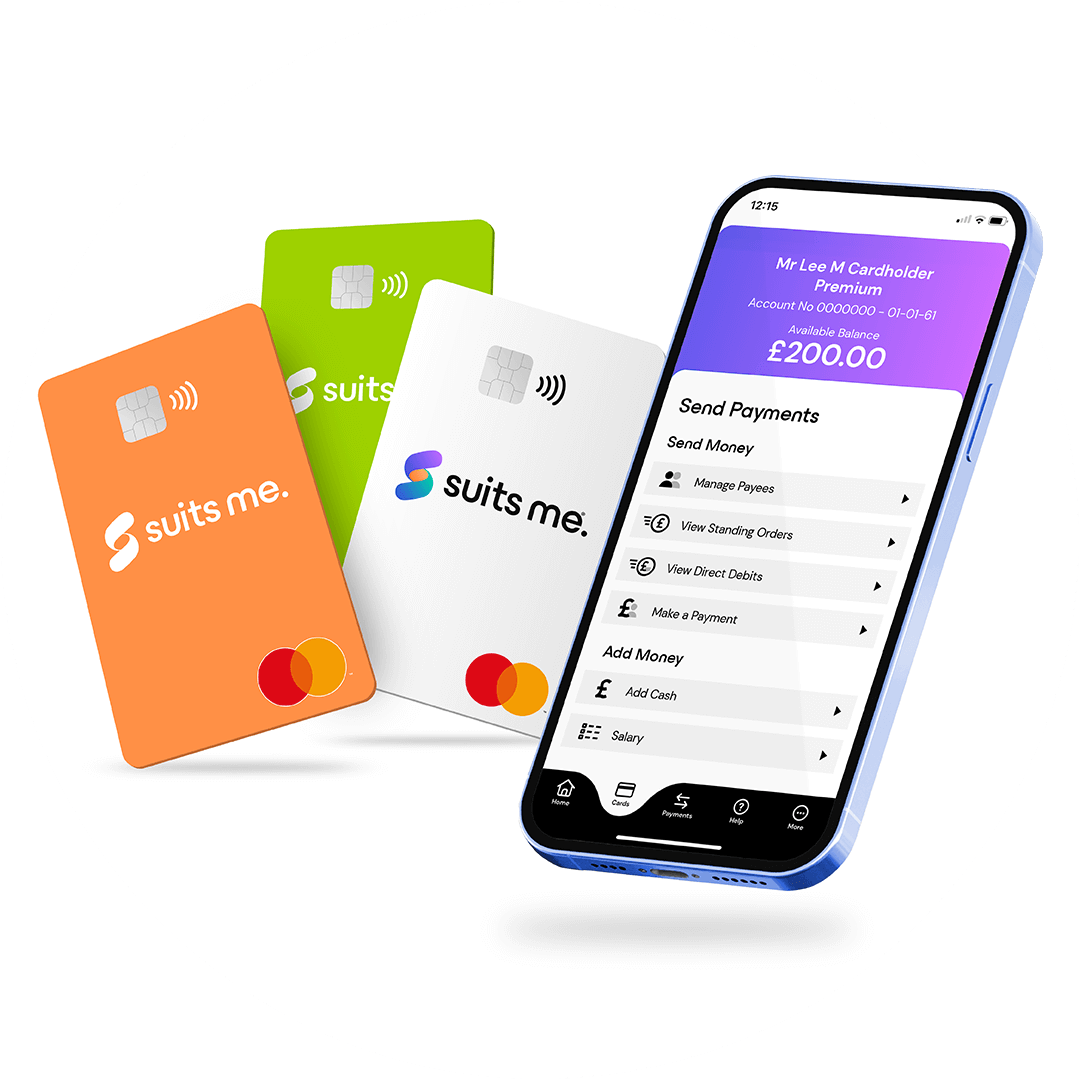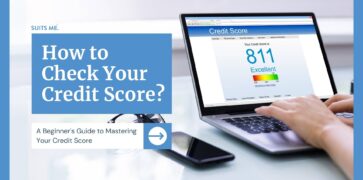
Not all debt is bad, and certainly not all debt is good, but when you pay off any borrowed money, you automatically take a step towards building and preparing for your financial future.
However, repaying money that you’ve borrowed can take up a large portion of your income and can quickly become overwhelming, especially when you’re dealing with unexpected bills that can crop up. This is when successfully managing your money starts to become much harder, and can easily lead to you becoming trapped in the debt cycle.
What is the Debt Cycle?
For many people, the slide into debt can begin with just one or two missed payments. To compensate, you’re forced into using an even higher percentage of your already stretched income to afford the repayments and soon, this percentage eats into the money you need for your essentials. When you can no longer afford the essentials, you may end up needing to borrow more money just to get by adding to your overall debt.
Eventually, this can lead to your credit score becoming damaged, which is hard to take steps to improve if you feel like you’re drowning in debt. When this occurs a lot of mainstream, low-interest lending streams are closed off to you. This means you have to rely on high-interest rate loans and credit cards which only make the situation worse.
How to Escape the Cycle of Debt
We’ve put together some helpful tactics on how you can make a start on escaping the cycle of debt and start to lay some solid foundations for your financial future.
1) Stop Borrowing Money
Whether it’s a credit card, overdraft, or a payday loan, the first step is to stop using it. Put it away, leave it at home, remove this payment method from your digital wallet and forget it exists.
Having credit options to hand when you’ve run out of money is a useful backup plan, but not a great way to reduce your spending. You should try to use cash or a prepaid debit card to make any purchases. Just remember when the money runs out, you won’t be able to spend more – which is why a budget is so important.
2) Revisit Your Budget
Although you may find this task pretty mundane, it’s worth it. Taking a closer look at your income and expenses will allow you to see how much more you’re paying out than bringing in. This will give you a good basis to see the areas where you could cut back on.
If tracking every penny you make and spend seems like an impossible task, we’ve put together four different methods of budgeting so you can find the best one that works for you.
However, if you really are struggling with making and sticking to your budget, consider using a budgeting app that can do the hard work for you. There are plenty to choose from on your phone’s app store, however, make sure they have a good rating and are free.
3) Reduce your Expenses
You’re probably thinking “that’s easier said than done”. But that’s not necessarily the case. You can find small ways to reduce your net spending by assessing your spending habits. Do you buy a morning coffee or like to order a takeaway?
These are two swaps that can have a significant impact on your spending. Take buying a takeaway, for example, if you spend £20 twice a week on eating out or ordering in, then you’ll be spending no less than £160 a month. That’s a significant figure to put towards your debt repayments.
This step is generally the hardest, but by becoming aware of what you’re spending, why, and when will enable you to think twice before pulling out your credit or debit card. A useful tip we’ve learnt along the way is to wait 24 hours before making any impulsive purchases – chances are you may have had time to reflect and change your mind before the morning.
4) Create Your Debt Repayment Plan Strategy
Once you’ve assessed your spending and worked out how much you can afford to pay towards your outstanding debts, you’ll need to decide on a repayment plan. There are two methods of paying off your debts which people tend to choose from. These are the avalanche and snowball methods.
Avalanche Method
This method involves paying your debts in order of the interest rate, starting with the highest percentage of interest, and paying off your balance one at a time whilst paying the minimum payments on all other debts. This allows you to pay off your debts faster and pay less interest overall.
Snowball Method
This method provides the quick satisfaction you might need to keep you on track. It works by paying your debts off by starting with the smallest balance and working your way up to the larger debts you have. If you have debts with the same balance, it’s worth starting with the debt that has the highest balance.
Keep Your Mind on Your Financial Goals
As you get into the swing of paying off your outstanding debts and sticking to your budget you will start to see the positive impact it can have on your mind, knowing that you’re making a commitment to change your financial position for the better.
Not only this but once your balance starts to become noticeably smaller (even a month or two can make a huge difference), you should try and factor in a little money to grow your savings. Start by putting whatever you can afford to into a rainy-day fund, to cover you for emergencies.
Plus, this will prevent you from ever needing to rely on a lender to get by – meaning you have well and truly, escaped the cycle of debt.





